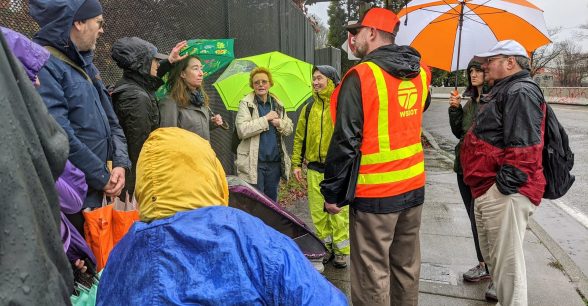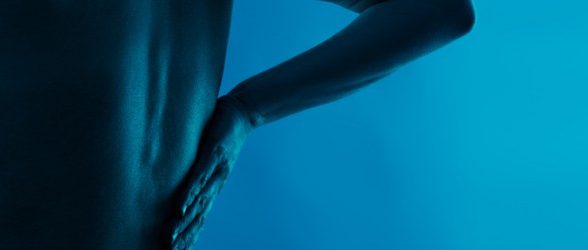For the Disability Community, Authentic Representation Makes a World of Difference
When I was in sixth grade, I started a scrapbook of articles about disabled people. Each article was carefully cut out from newspapers and magazines, or printed out from the early 2000s Internet, and slipped into a page protector in a large three ring binder against a backing of colorful cardstock. Extended family members would often cut out articles to save for me. My scrapbook was my pride and joy. But the scrapbook fell into disuse as I got older. It gathered dust in a closet until recently, when I pulled it out in the middle of a cleaning spree.
Opening my scrapbook for the first time in years felt like a weird form of time travel. Most of the articles were pure inspiration porn. I can’t even count how many followed the general theme of “disabled person exists! And has a job/is an advocate/did something wholly unremarkable!” Some portrayed the parents of disabled children as heroic saints. The activist in me cringed as I flipped through the pages, but my heart ached at the same time. I recognized that I had collected these articles as a preteen in a desperate attempt to find someone, anyone, anywhere, who looked the slightest bit like me.
Growing up with a physical disability, I was fully included alongside my nondisabled peers in school from kindergarten onward. While I absolutely believe this was the right thing for me, it also meant that I didn’t meet many disabled people until my teen years, when I started going to sleepaway camp for children with physical disabilities. I didn’t become friends with many people with non-physical disabilities until even later. I was acutely aware from a young age that I was different, and though my childhood was generally happy, there were moments of profound loneliness. The Internet was still in its infancy, and though I had some limited moments of connection with other disabled people on old-school message boards, it was no substitute for real, authentic representation.
Now, of course, it’s different. The disabled preteens and teens of 2020 can go on Facebook or Twitter or Instagram and find people who look like them with just a few clicks. Disabled people are authors and activists and models. Perhaps more importantly, they’re people. A quick search through any of the disability-related hashtags (like Keah Brown’s #DisabledandCute) reveals thousands of disabled people living ordinary, unapologetic lives. That’s the kind of content I needed growing up. It’s the kind of content that I’m happy exists today.
I don’t need to make my own scrapbook to find people like me anymore. I’m grateful for that, because representation matters, for the disabled child I was, the disabled children of today, and the disabled children that are yet to come.
About Rooted In Rights
Rooted in Rights exists to amplify the perspectives of the disability community. Blog posts and storyteller videos that we publish and content we re-share on social media do not necessarily reflect the opinions or values of Rooted in Rights nor indicate an endorsement of a program or service by Rooted in Rights. We respect and aim to reflect the diversity of opinions and experiences of the disability community. Rooted in Rights seeks to highlight discussions, not direct them. Learn more about Rooted In Rights



